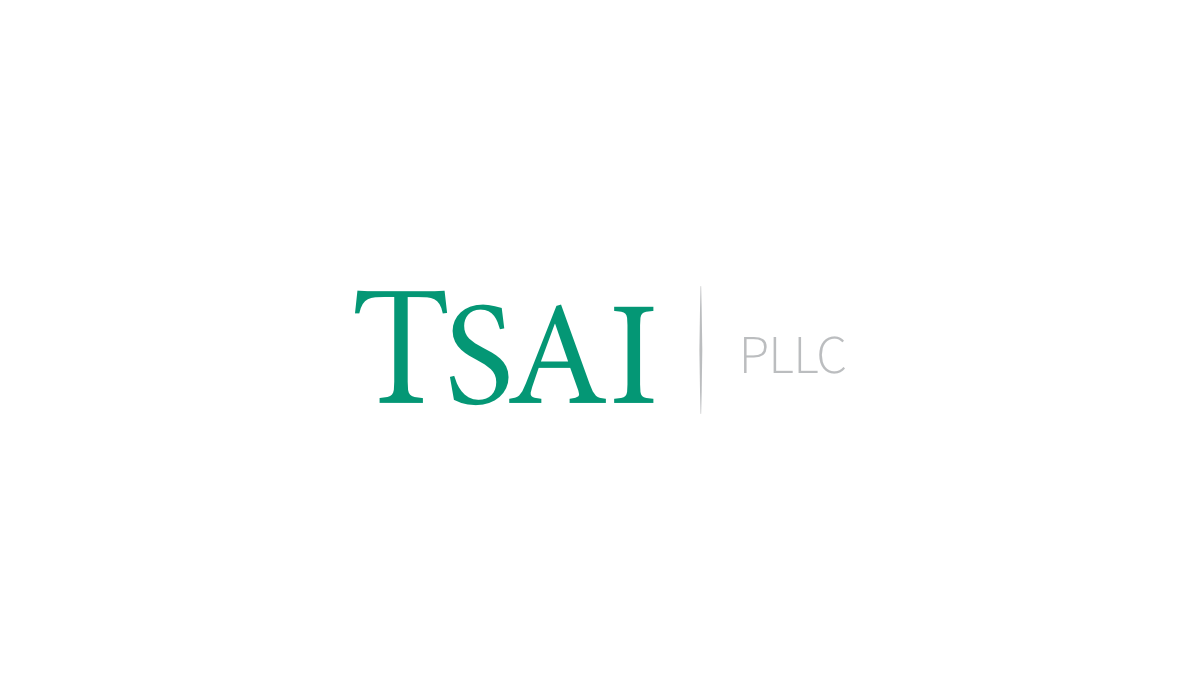New York State places a strong emphasis on wage transparency and ensuring employees are fully informed about their compensation. Two cornerstones of this effort, codified primarily under New York Labor Law Section 195 and strengthened by the Wage Theft Prevention Act (WTPA), are the mandatory Wage Notice provided at hire and the detailed Paystubs (Wage Statements) provided with each payment. For employers, understanding and meticulously complying with these requirements is not just good practice – it's essential for avoiding significant legal penalties.
This post will detail what New York employers need to know about both the initial Wage Notice and ongoing Paystub obligations.
1. The WTPA Wage Notice (Notice of Pay Rate) - NYLL § 195.1
The WTPA mandates that employers provide written notice containing specific pay information to employees at the time of hiring.
Who Needs It? Every new hire must receive this notice.
When? At the start of employment. Additionally, employees must be notified in writing at least seven calendar days before any changes are made to the information contained in the notice (unless changes are reflected on the next paystub, but providing advance written notice is the safer practice).
What Must It Include? The notice must contain:
The employee's rate or rates of pay and the basis thereof (e.g., hourly, salary, commission, piece rate).
If applicable, the overtime rate of pay (for non-exempt employees).
Any allowances claimed as part of the minimum wage (e.g., tip, meal, lodging allowances).
The regular payday designated by the employer.
The employer's official name and any "doing business as" (DBA) names.
The physical address of the employer's main office or principal place of business, and a mailing address if different.
The employer's telephone number.
Any other information required by the Commissioner of Labor.
Language Requirements: The notice must be provided in English and in the employee's identified primary language, if the Department of Labor (DOL) offers a template in that language. Employers should check the NY DOL website for available templates.
Acknowledgement & Recordkeeping: Employers must obtain a signed acknowledgment from the employee confirming receipt of the notice. Both the notice and the signed acknowledgment must be retained for at least six years.
2. The Paystub (Wage Statement) Requirement - NYLL § 195.3
With every payment of wages, employers must provide employees with a detailed statement, commonly known as a paystub.
Who Needs It? All employees.
When? Every time wages are paid (e.g., weekly, bi-weekly).
What Must It Include? The paystub must contain:
Dates of work covered by the payment.
Employee's name.
Employer's name, address, and phone number.
Rate or rates of pay and basis thereof (showing hourly, salary, commission, etc.).
Gross wages earned.
Detailed breakdown of deductions (taxes, insurance, garnishments, etc.).
Any allowances claimed as part of the minimum wage.
Net wages paid.
For non-exempt employees: the regular hourly rate(s), overtime rate(s), and the number of regular and overtime hours worked.
For piece-rate employees: the applicable piece rate(s) and number of pieces completed.
Format: Paystubs can be provided electronically, but only if employees can conveniently access them electronically (e.g., via a computer system or kiosk) and have the ability to print them privately (e.g., access to a printer where others cannot see the stub).
Why Compliance Matters: Significant Penalties
Failure to comply with these notice and paystub requirements carries substantial penalties, even if the employee was actually paid correctly.
Wage Notice Violations: An employer who fails to provide the required WTPA notice at hire can be liable for damages of $50 per work week per affected employee, capped at $5,000 per employee.
Paystub Violations: An employer who fails to provide compliant paystubs with each payment can be liable for damages of $250 per work day per affected employee, also capped at $5,000 per employee.
These penalties can accumulate quickly, especially for employers with multiple employees or systemic compliance failures. Furthermore, these violations can form the basis of individual or class action lawsuits, potentially leading to additional costs including attorneys' fees.
Best Practices for New York Employers
Use DOL Templates: Utilize the official NY DOL Wage Notice templates available on their website. This helps ensure all required fields are included and facilitates compliance with language requirements.
Integrate into Onboarding: Make providing the Wage Notice and obtaining the signed acknowledgment a standard, non-negotiable part of your new hire onboarding process.
Systemize Change Notices: Develop a clear process for issuing written notice before any changes to pay rates, allowances, or paydays take effect.
Verify Payroll System Output: Ensure your payroll software or service provider generates paystubs that contain all the information required by NYLL § 195.3. Regularly audit sample paystubs for compliance.
Train Staff: Ensure HR, payroll personnel, and managers understand these requirements.
Maintain Records: Keep copies of all signed Wage Notices and payroll records (including paystubs) for at least six years.
Consult Counsel: Given the potential for significant liability, consult with experienced New York employment counsel to review your notice forms, paystubs, and compliance procedures.
Conclusion
New York's Wage Notice and Paystub requirements are fundamental tools for ensuring wage transparency. While they add administrative steps for employers, meticulous compliance is critical. By implementing robust procedures, utilizing available resources like DOL templates, and regularly auditing practices, employers can meet their obligations and significantly reduce the risk of costly penalties and litigation.
Disclaimer: This blog post is for informational purposes only and does not constitute legal advice. It is essential to consult with a qualified attorney for advice tailored to your specific situation.
